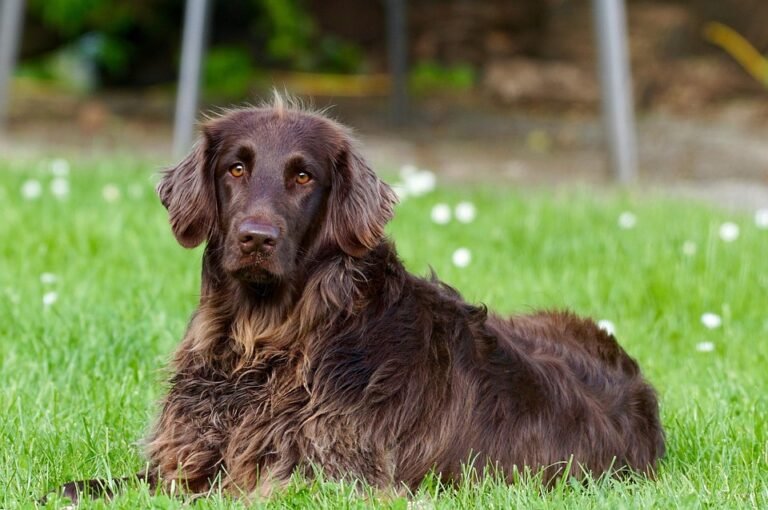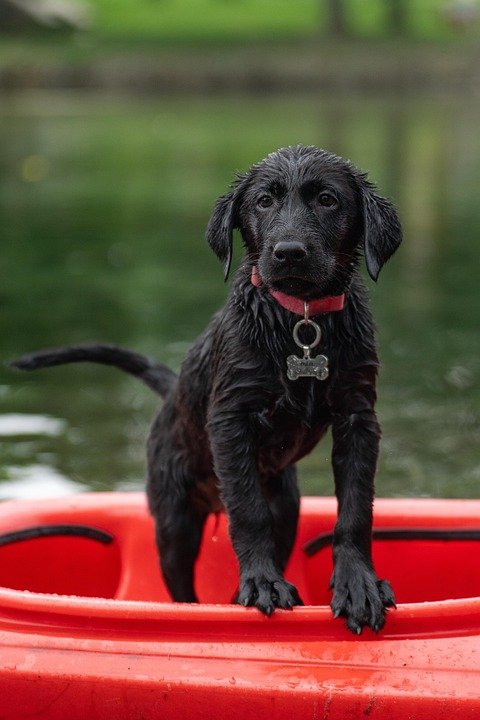Paws for Calm: 5 Natural Methods to Soothe Your Anxious Dog

As a dog owner, it can be heartbreaking to see your furry friend struggling with anxiety. Whether it’s caused by loud noises, separation, or unknown triggers, anxiety can have a significant impact on your dog’s quality of life. Fortunately, there are several natural methods that can help soothe your anxious dog and provide them with the calm and comfort they need. In this article, we’ll explore five natural methods to help calm your anxious dog, from pheromone therapy to exercise and play.
1. Pheromone Therapy: Pheromone therapy is a natural and non-invasive method that mimics the calming scent that mother dogs produce to calm their puppies. This scent, known as Dog Appeasing Pheromone (DAP), can be replicated and used to calm anxious dogs. Products such as diffusers, collars, and sprays containing synthetic DAP are available and can be used in conjunction with other calming methods. Pheromone therapy can be particularly effective for dogs that suffer from separation anxiety or noise phobias.
2. Calming Aids and Supplements: There are several calming aids and supplements available that can help soothe your anxious dog. These include L-theanine, melatonin, and chamomile, which are all natural and can be found in various forms, such as treats, capsules, or oils. L-theanine, an amino acid found in green tea, can help promote relaxation and reduce anxiety in dogs. Melatonin, a hormone that regulates sleep, can also help calm anxious dogs, especially during times of stress or change. Chamomile, a natural herb, has been used for centuries to calm and soothe, and can be particularly effective for dogs that suffer from noise phobias or separation anxiety.
3. Exercise and Play: Exercise and play are essential for dogs, and can be particularly beneficial for anxious dogs. Regular exercise can help reduce stress and anxiety, while play can provide a healthy distraction from anxious thoughts and behaviors. Activities such as walking, running, and playing fetch can help calm your dog and provide them with a sense of purpose and fulfillment. Additionally, exercise and play can help strengthen the bond between you and your dog, which can be particularly important for anxious dogs that require extra attention and reassurance.
4. Massage and Touch Therapy: Massage and touch therapy can be a powerful way to calm anxious dogs. Gentle massage and stroking can help reduce stress and anxiety, while also providing a sense of comfort and reassurance. Many dogs find the gentle touch and soothing motions of massage to be particularly calming, and it can be an effective way to calm your dog during times of stress or anxiety. Additionally, massage and touch therapy can help strengthen the bond between you and your dog, which can be particularly important for anxious dogs that require extra attention and reassurance.
5. Desensitization and Counterconditioning: Desensitization and counterconditioning are two powerful techniques that can help calm anxious dogs. Desensitization involves gradually exposing your dog to the stimulus that triggers their anxiety, while counterconditioning involves associating the stimulus with a positive outcome or reward. For example, if your dog is anxious around loud noises, you can start by exposing them to a low-level noise and rewarding them with treats and praise. Gradually increase the volume over time, while continuing to reward your dog for calm behavior. This can help your dog become desensitized to the noise and associate it with a positive outcome, rather than a source of anxiety.
In addition to these natural methods, there are several other ways to calm your anxious dog. Providing a safe and comfortable environment, complete with a cozy bed and familiar toys, can help your dog feel secure and relaxed. Reducing stress and anxiety triggers, such as loud noises or separation, can also help calm your dog. Additionally, seeking professional help from a veterinarian or animal behaviorist can provide you with personalized guidance and support to help calm your anxious dog.
It’s also important to remember that every dog is different, and what works for one dog may not work for another. It may take some trial and error to find the right combination of natural methods that work best for your anxious dog. Be patient, consistent, and gentle, and work with your dog to find the calm and comfort they need.
Anxiety can be a challenging and complex issue, but with the right approach and support, it is possible to help calm your anxious dog. By incorporating one or more of these natural methods into your dog’s daily routine, you can help provide them with the calm and comfort they need to thrive. Remember to always consult with a veterinarian before starting any new therapies or supplements, and to seek professional help if your dog’s anxiety persists or worsens over time.
It’s also important to recognize the signs of anxiety in dogs, which can include panting, pacing, whining, and destructive behavior. If you suspect that your dog is suffering from anxiety, it’s essential to seek help and support as soon as possible. With the right approach and support, you can help your dog overcome anxiety and live a happy, healthy, and fulfilling life.
In conclusion, there are several natural methods that can help soothe your anxious dog, from pheromone therapy to exercise and play. By incorporating one or more of these methods into your dog’s daily routine, you can help provide them with the calm and comfort they need to thrive. Remember to always consult with a veterinarian before starting any new therapies or supplements, and to seek professional help if your dog’s anxiety persists or worsens over time. With patience, consistency, and the right support, you can help your dog overcome anxiety and live a happy, healthy, and fulfilling life.
By providing a safe and comfortable environment, reducing stress and anxiety triggers, and seeking professional help when needed, you can help your dog feel calm and relaxed. Remember to always prioritize your dog’s physical and emotional well-being, and to seek help and support if you suspect that your dog is suffering from anxiety. With the right approach and support, you can help your dog overcome anxiety and live a happy, healthy, and fulfilling life.
Overall, calming your anxious dog requires patience, consistency, and the right approach. By incorporating natural methods such as pheromone therapy, calming aids and supplements, exercise and play, massage and touch therapy, and desensitization and counterconditioning, you can help provide your dog with the calm and comfort they need to thrive. Remember to always prioritize your dog’s physical and emotional well-being, and to seek help and support if you suspect that your dog is suffering from anxiety. With the right approach and support, you can help your dog overcome anxiety and live a happy, healthy, and fulfilling life.
Tags
What do you think?
Related Articles

10 Human Foods Your Dog Can Eat Every Day: A Guide to Healthy Treats
As a dog owner, it’s natural to want to share your food with your furry friend. However, it’s essential to remember that not all human

Pawsome Movement: Top Supplements for Senior Dogs’ Joint Health
As our canine companions age, they often experience a decline in joint health, leading to discomfort, pain, and reduced mobility. This can be a challenging

Pawsitive Change: A Step-by-Step Guide to Transitioning Your Dog’s Food
As a responsible dog owner, you want to ensure that your furry friend is receiving the best possible nutrition to maintain their overall health and
